2025 – CHW (images to follow)
2024 – CHW
Magnolia grandiflora ‘Mainstreet’.
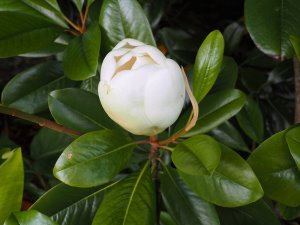
2023 – CHW
Now into the garden itself at Osborne House.
A fine clump of Tetrapanax papyrifer ‘Rex’ with no cold damage from last winter.
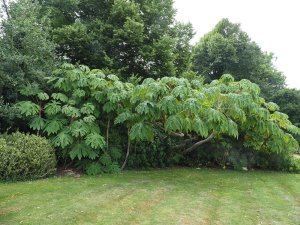
2022 – CHW
Smilax aspera, the evergreen and slightly prickly climber is another plant which we need more pictures for on the website Care Article. New growth only and no flowers as yet in July.
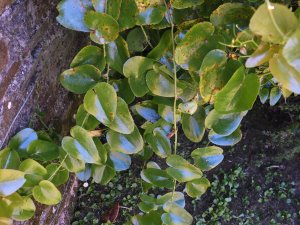
St Michael’s Church, Caerhays £4000
Cornwall Air Ambulance £4000
St Austell Scout Group £2500 (towards their new kitchen)
Pre school Tregony School £2500 (to fund outing for 171 Pupils to the Hall for Cornwall)
2021 – CHW
Excellent bronzy-red new growth on Sisygium smithii.
Another day looking at wildflowers in the Isla Rose Plantation where stumps were grubbed three years ago and a whole new crop of wildflowers and grasses have emerged from the bare earth.Another good clump of Meconopsis cambrica.
Then the puzzle over two ‘dandelion’ types which grow together.
One is short growing with leaves as here which are hairless. I am really not sure and the reference books confuse rather than enlighten.
Then another real puzzle.I think we have a mixture here of Ribwort or Ribgrass, Plantago lanceolata, and Hoary Plantain, Plantago media, growing together. The latter has more rounded leaves, larger and longer flowers and much bigger seed heads as here. The P. media appear to have flowered and set seed already while P. lanceolata are still flowering. Quite possibly they have hybridised together.
2019 – CHW
A visit to Shanklin Chine with the former owner and now president of the charity which owns and runs this historic gorge leading from Shanklin to the sea. About a quarter of a mile in length and one of only two chines in the UK. Smugglers paradise 200 to 300 years ago. Today 80,000 visitors (entry £3.00 for OAPs and £4.00 adults). Half is a natural woodland gorge with steep steps and narrow walkways and half supposedly more formal but in a state of disrepair. Three unqualified ‘gardeners’ who have all started this year have a major job to get it back in hand from years of self-seeding, brambles, scrub and neglect. Some pretty invasive weeds much in evidence too as well as ash disease on a key young ash. The real threat to ‘the garden’ or gorge is landslides and trees toppling in over the top of the ravine. How you do a tree survey or risk assessment for this I have no idea. A great exhibition room and a room devoted to the D-day landings of which Shanklin was a key part.
Anne Springman approaches the top entrance to the chine having parked illegally blocking a goods yard. The chine opens for about seven months of the year from 10.30am to 10pm.
A visit to Cerne Farm which was parched and barren with not a blade of grass to be seen in any field. The sheep were grazing in the woodland. All but one which had been adopted as a strange pet!
2017 – CHW
The new clearing as it is shaping up from below or above the Top Wall.
The five Magnolia ‘Caerhays Splendour’ planted on the bank above the house are starting to put on a secondary set of new growth.
2015 – CHW
So another hunt for some more unusual hydrangeas:
Hydrangea involucrata ‘Viridescens’ – the florets open green then go white. Not exactly an eye catching variety.
Hydrangea serrata ‘Midori’ – dwarf with tiny blue flowers. Another for the collector or the rockery but probably not for gardeners.
Hydrangea serrata ‘Shichidanka’ – a bit bigger growing but equally uninspiring and over very quickly.
Hydrangea ‘Sheila’ – an attractive newer variety with bronze new growth
Hydrangea ‘Alpengluhen’ – not a bad red even on our acidic soil in this area of the garden where all blues tend to be blue rather than pink.
Armed with yet more pictures from Arboretum Wespelaar Asia and I try to confirm the identity of Stewartia sinensis on Burns Bank.The flower is clearly correct (five petals and small) as is the hairy seed. The leaf on our mature 80 to 90 year old plant is much smaller than in the reference books but I suspect that is simply age related. The bark is however more of a problem as it simply does not peel like the Lamellyn plant pictured. The article does say the bark is ‘variable’ so let us leave it as that and confirm Stewartia sinensis as a fact rather than as a handed down name from the past.
2003 – FJW
Rain came after warm (not hot) dry spell.
1989 – FJW
Very hot spell continues – no end in sight.
1955 – CW
It has been very hot and dry for 3 weeks. Double pink Camellias by lodge both still have flowers also Kimberley. Still some Griersonianum, Phis and Eriogynum beginning. Big Maddeni in quarry nursery very fine, also Metrosideros. Big wall rose fine. Not much else. Rabdotum just over, a few whites coming.
1935 – JCW
Very hot and dry for a long time, some of the gardeners are ill and away, but the fuchsias are good. Romneya is very good, the Maddeni have carried a lot of flowers but the great heat finished the flowers.
1933 – JCW
I Clarke is here, not much open. Mag delavayi all flowering well.
1914 – JCW
Just a cyclamen open to wear by and a Lapageria. Buddleia’s nice. Romneya fair. Brunonis over. The following rhodo’s show bloom: maddeni, cinnabarinum, micranthum, fastigatum.
1911 – JCW
L giganteum long over. R coulteri goodish. Wilson here and saw his Buddleias at their best.
1906 – JCW
Just back from a month at Strathvaich, Brunonis very good yet, 100 spikes of L giganteum open. R coulteri very good. The three beds of tea roses remain good.Sweet peas open.
1899 – JCW
The first of the autumn cyclamen open.




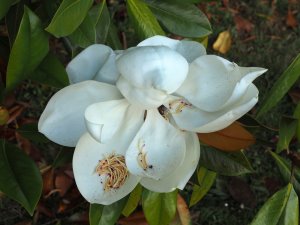
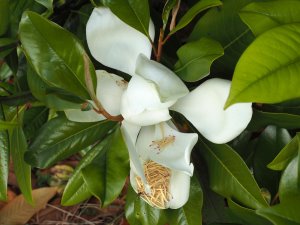
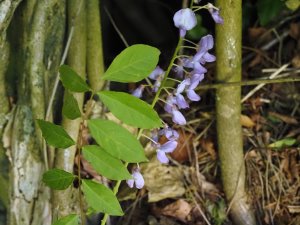

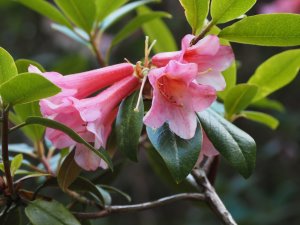
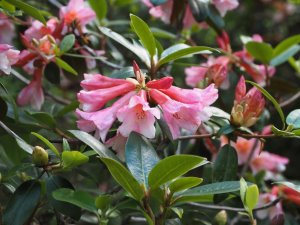
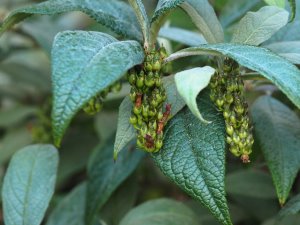
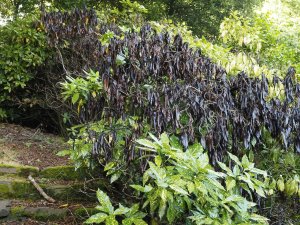
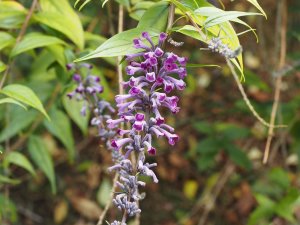
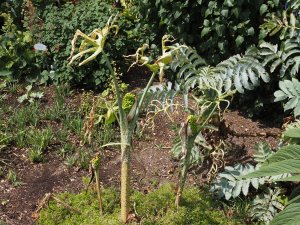
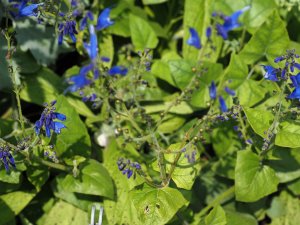
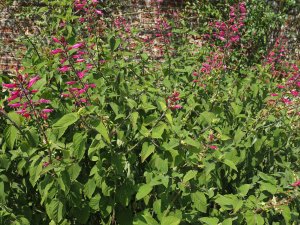
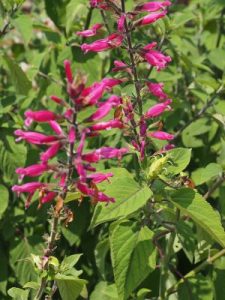
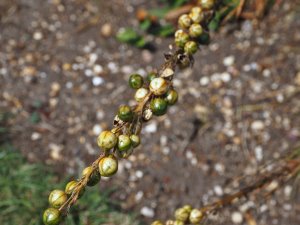
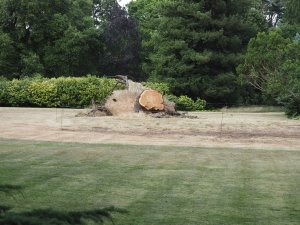
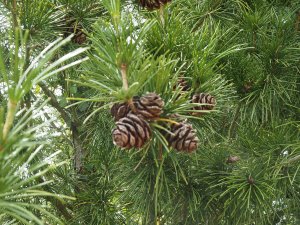
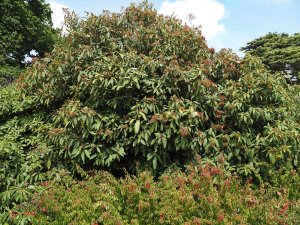
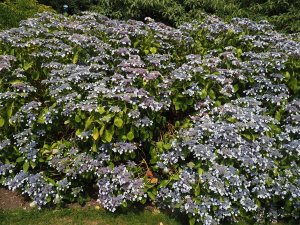
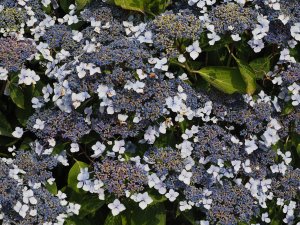
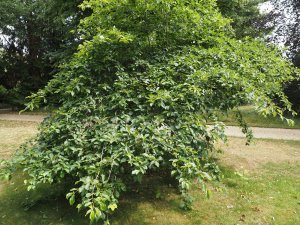
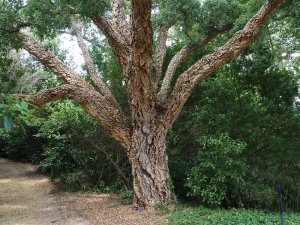
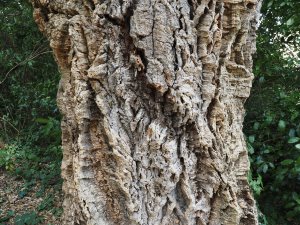
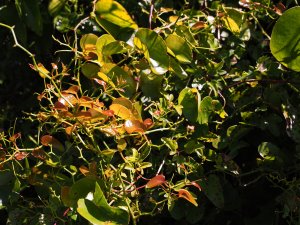
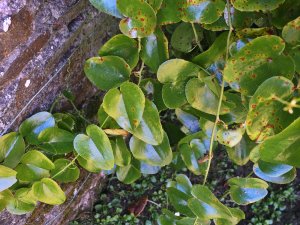
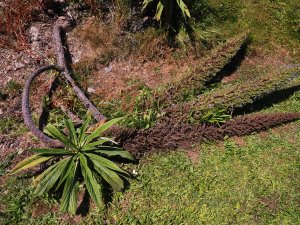
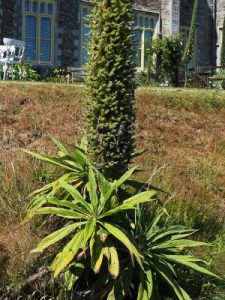


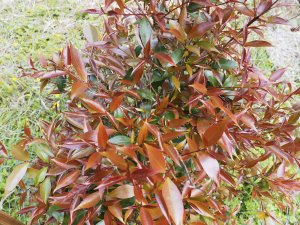
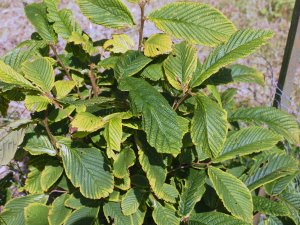
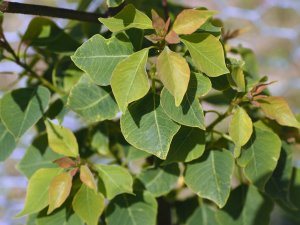
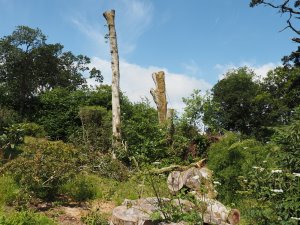
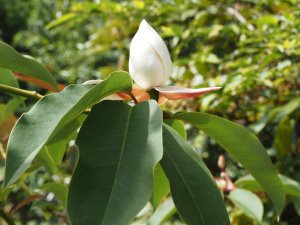
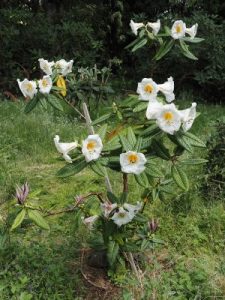
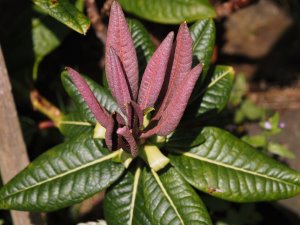
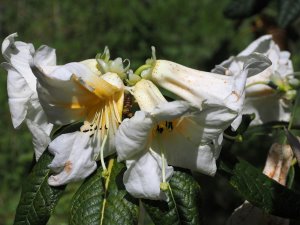
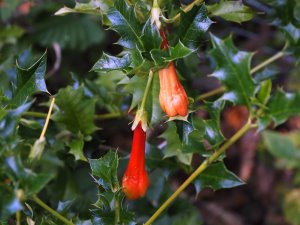
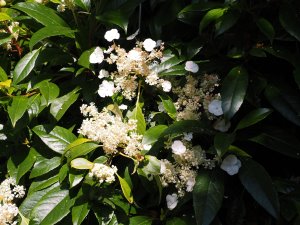
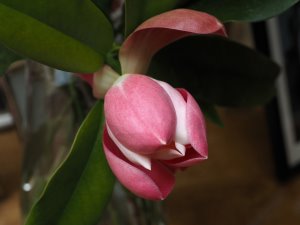
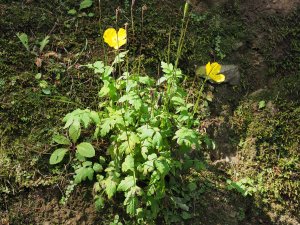
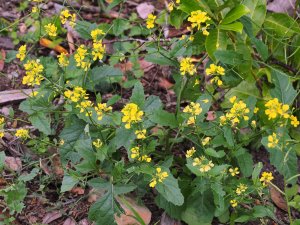
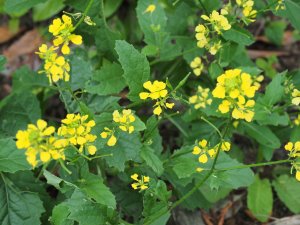
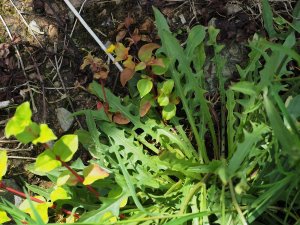
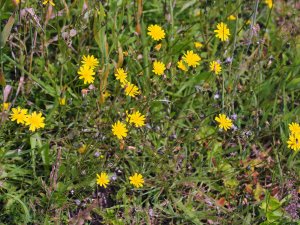
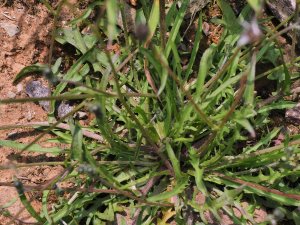
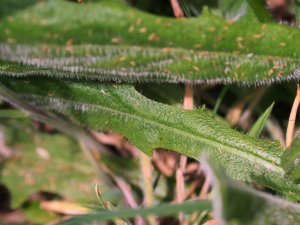
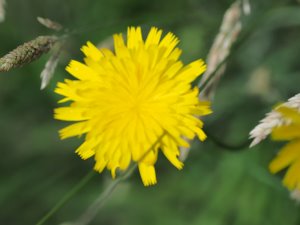
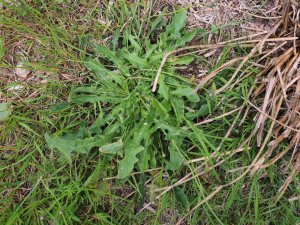
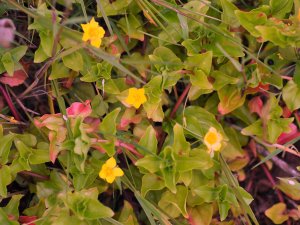
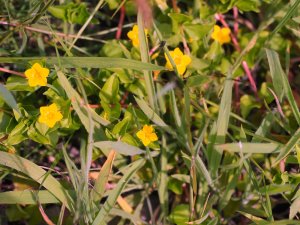
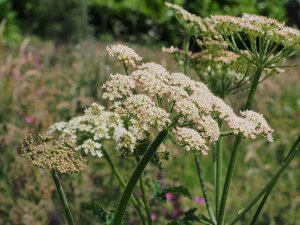
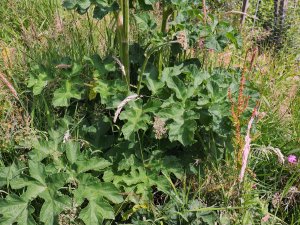
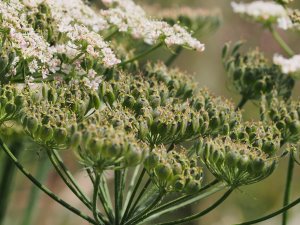
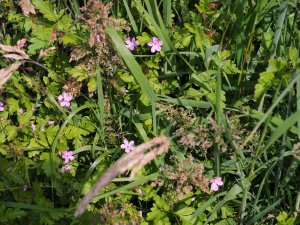
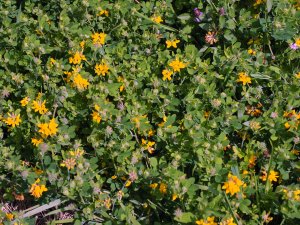
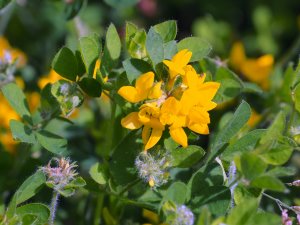
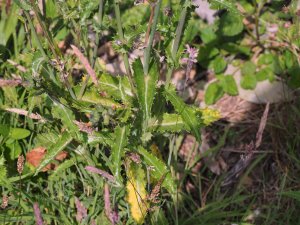
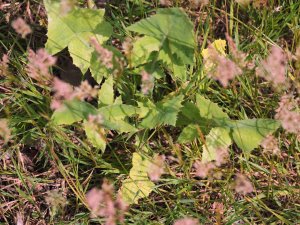

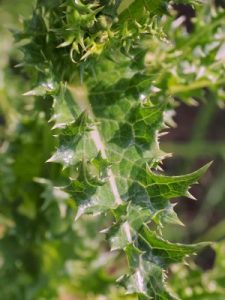
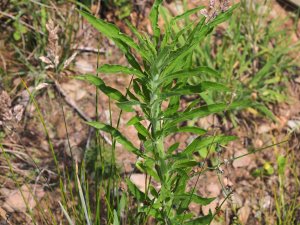
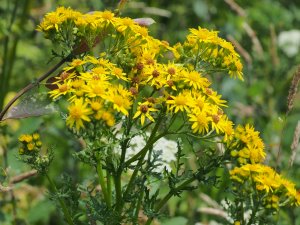
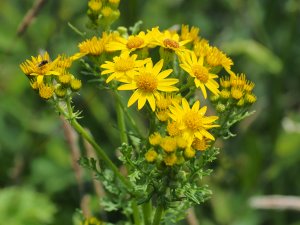
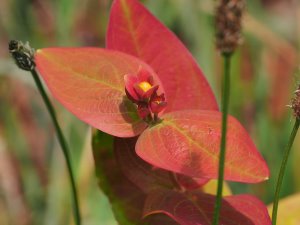
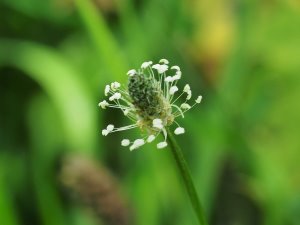
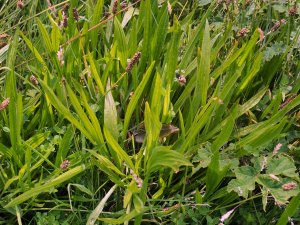
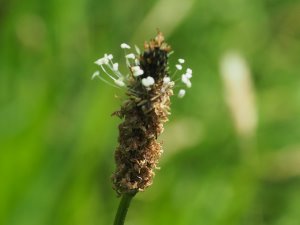
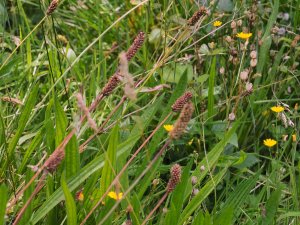
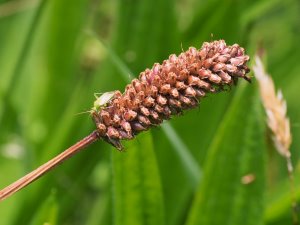
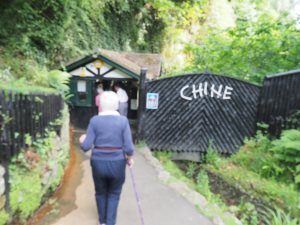
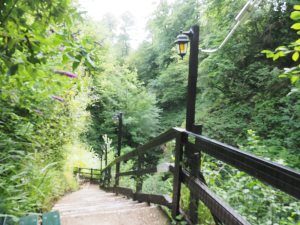
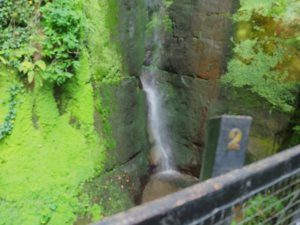
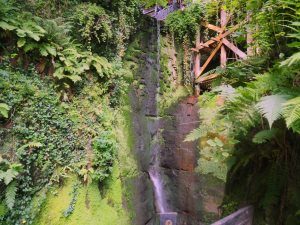
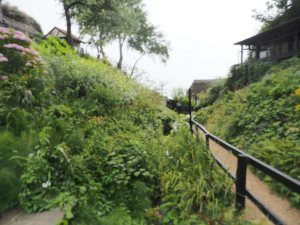
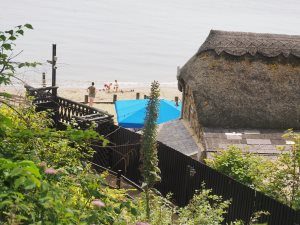
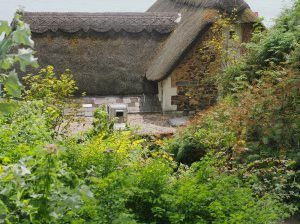
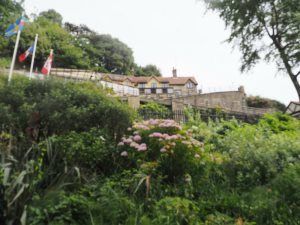
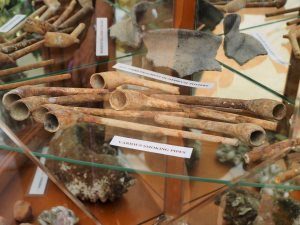
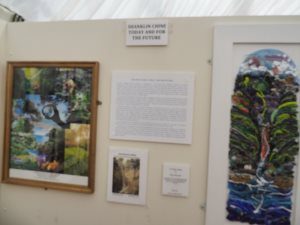
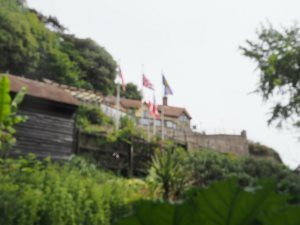
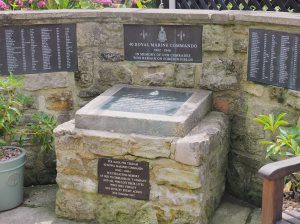
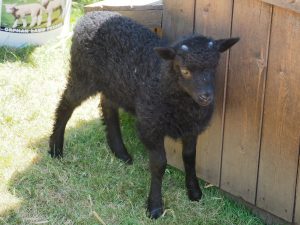
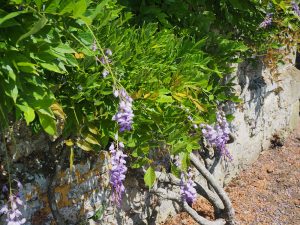
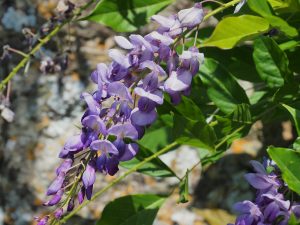
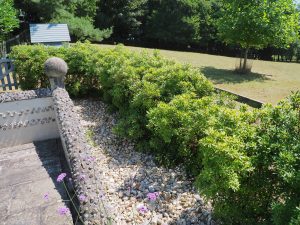
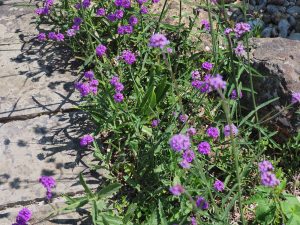
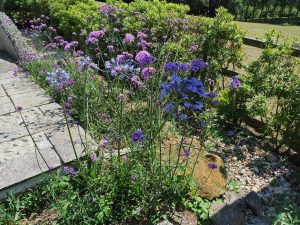
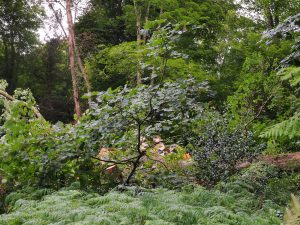
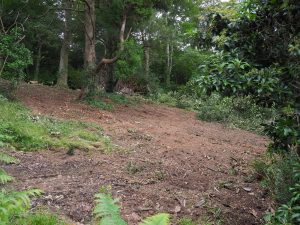
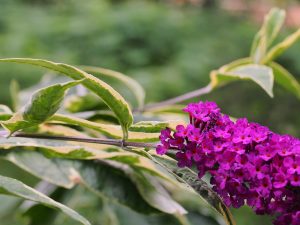
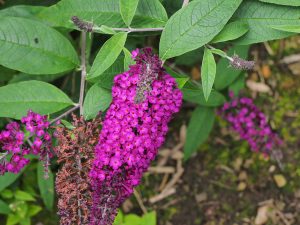
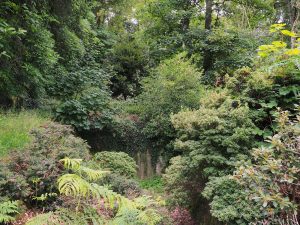
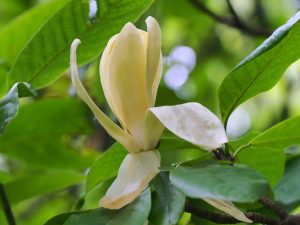
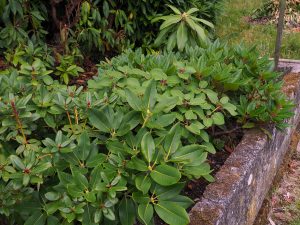
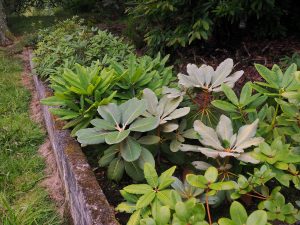
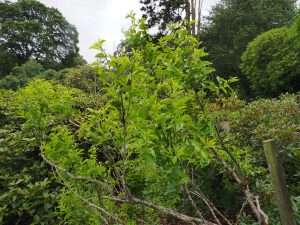
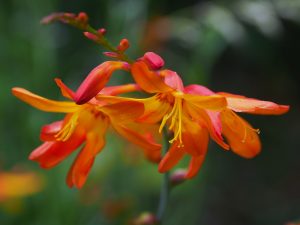
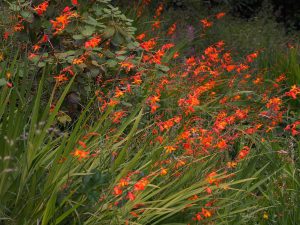
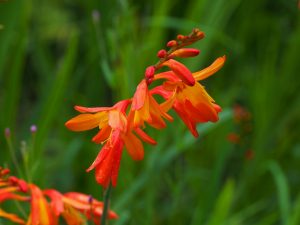
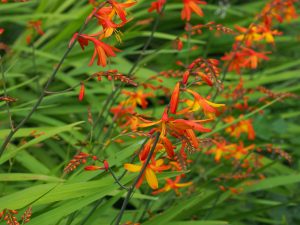
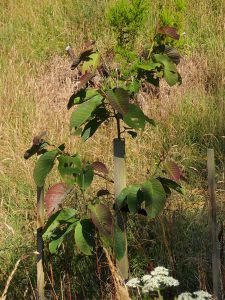
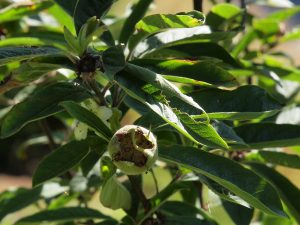
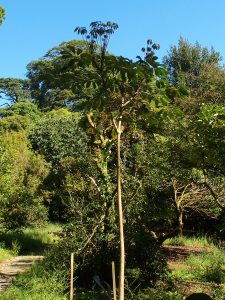
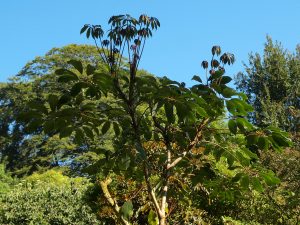
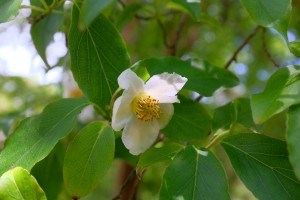
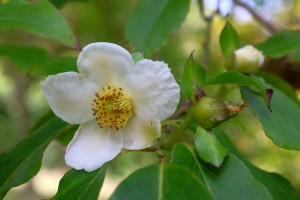
Two noxious weeds: The first, the presumed Solidago, is a very invasive neophyt (also) from Canada; Canadian horseweed, Erigeron (Conyza) canadensis. It is not eaten by cattle and grows everywhere now; urgently to eradicate when it is still (?) possible.
The second is Ragwort (Cushag) as you rightly declare, Senecio jacobaea, poisonous to cattle, esp. horses die after consuming hay infested with it as happened here. It is also spreading during the last years.